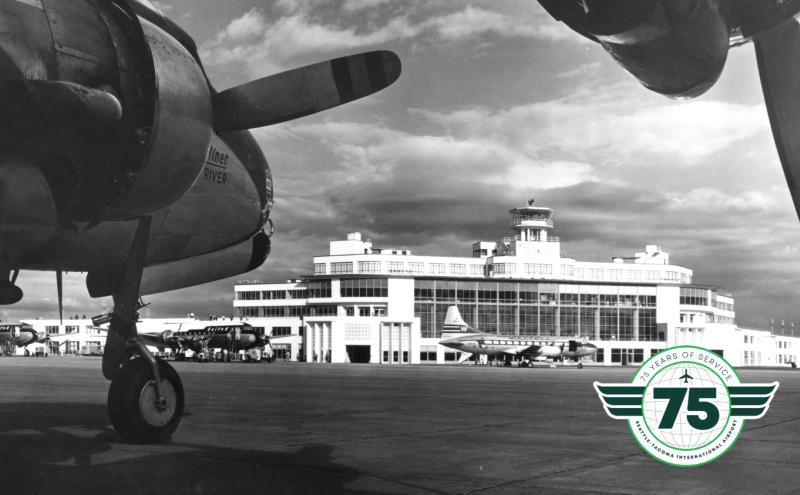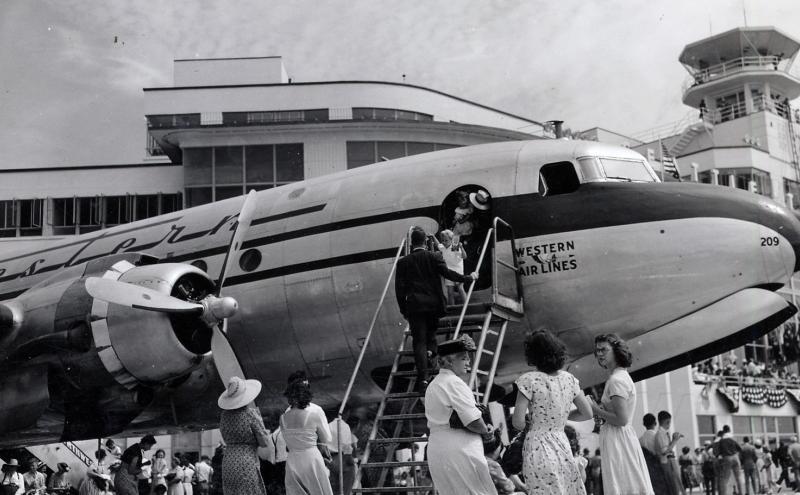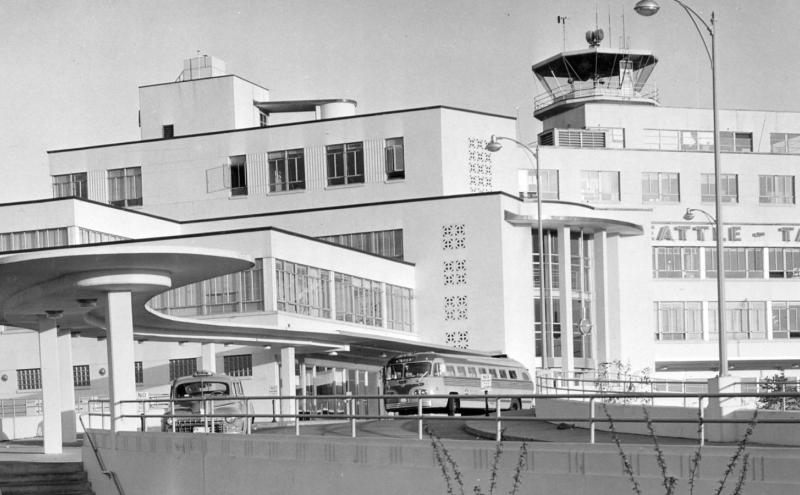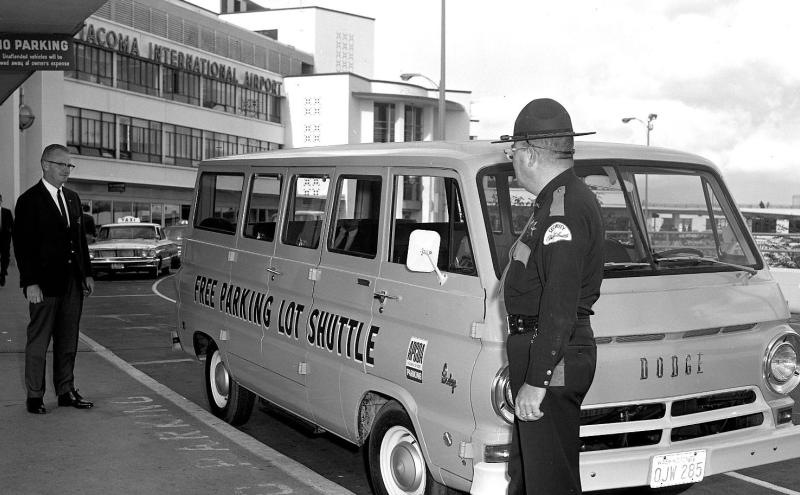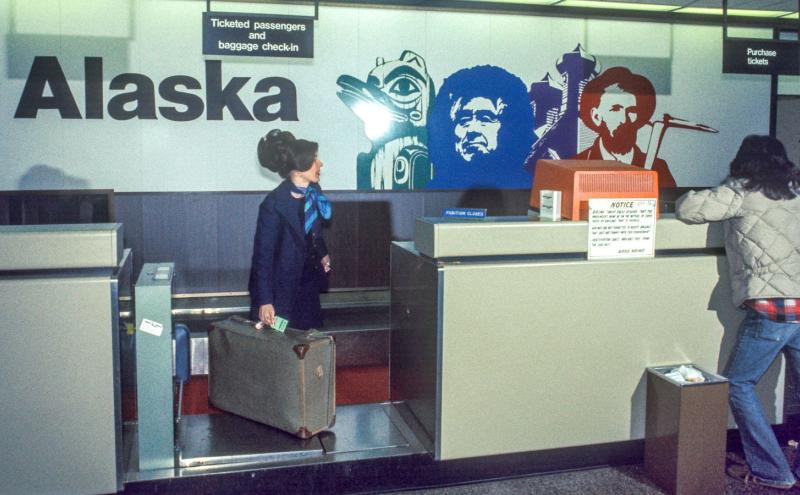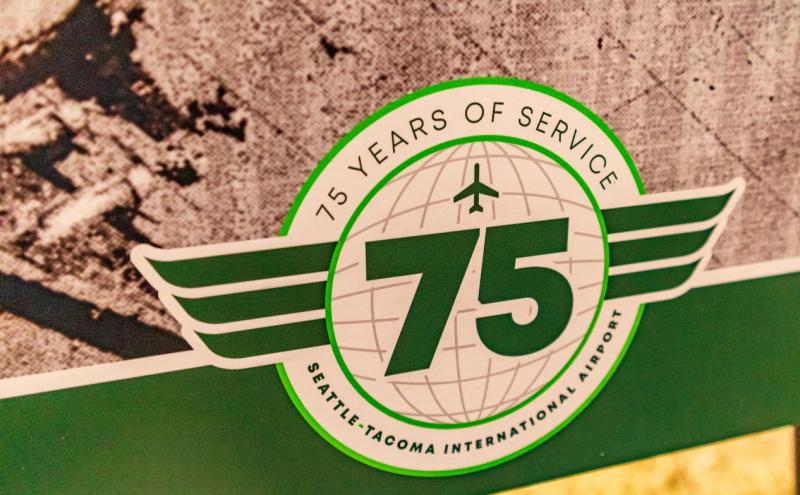
By Kassie McKnight-Xi, Aviation Communications and Marketing Contractor
Many have visited the region’s beloved Museum of Flight, the largest independent, non-profit air and space museum in the world. It’s a place to explore and learn about the history of flight in unique and fun ways. That’s why we’re excited to be partnering with them for Seattle-Tacoma International Airport’s (SEA) 75th Anniversary this year.
But where would the museum be if SEA had never been built? What would the world of flight look like if things had gone differently 75 years ago? There’s an undeniable relationship between where The Museum of Flight resides today, SEA Airport, and the history of aviation in our region. Here’s a peek at how it all unfolded.
Early days
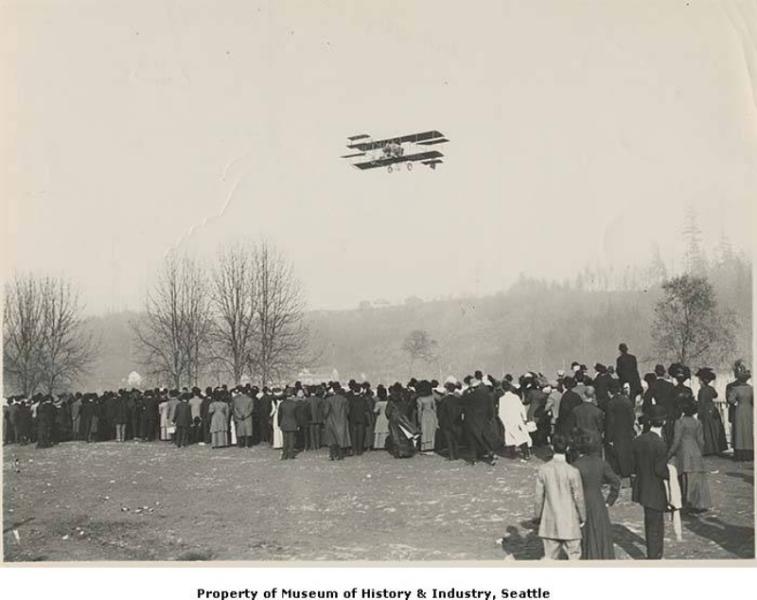
More than a century ago, a roughly mile-long stretch of land known as The Meadows served as a racetrack for thousands of local spectators to watch horse, car, and motorcycle races. In 1910, daredevil pilot Charles Hamilton made it the site of Seattle’s first public airplane flight. For nearly 20 years after Hamilton’s flight, the land was used as a crude and undeveloped airfield while William E. Boeing grew the Boeing Airplane Company.
After taking his first flight in 1915, Boeing jumped headfirst into the world of aviation. During WWI, Boeing converted his private Duwamish River boatyard into the Red Barn plant to expand production and operated a testing and assembly site near Sand Point on Lake Washington. Facing near bankruptcy after the war ended, Boeing set sights on airmail for the United States Postal Service, finally achieving a contract in 1925.
As the Navy took over the Sand Point site in 1926, Boeing advocated for a new public airfield in Seattle. Supported by Seattle Mayor Bertha K. Landes and Port of Seattle Commissioner George B. Lamping, the Seattle Chamber of Commerce finally agreed on land near the Red Barn and the former Meadows Racetrack. The land was officially dedicated as Boeing Field (aka King County International Airport) in 1928.
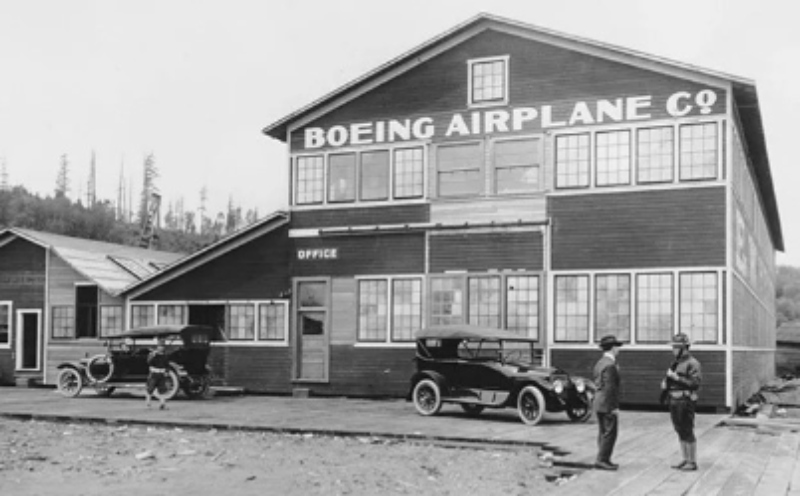
The rest is history
Boeing’s operations at this site continued mostly unimpeded throughout the 1930s. That changed when America entered World War II in 1941. Boeing Field and other local airfields were restricted to military operations only, but the demand for civilian service only grew. By 1942, the Civil Aviation Authority compelled local governments to find a solution and new site by offering $1 million for development. Read about how the Port of Seattle answered the call.
The connection
By answering that call, SEA adopted Boeing Field’s original intention to serve as the public’s major airport. This allowed for other uses of the land, like The Museum of Flight, which sits near the original location of the Meadows Racetrack. In the mid-1970s, the famed Red Barn was eventually relocated to where it sits today and houses historic exhibits as part of the museum.
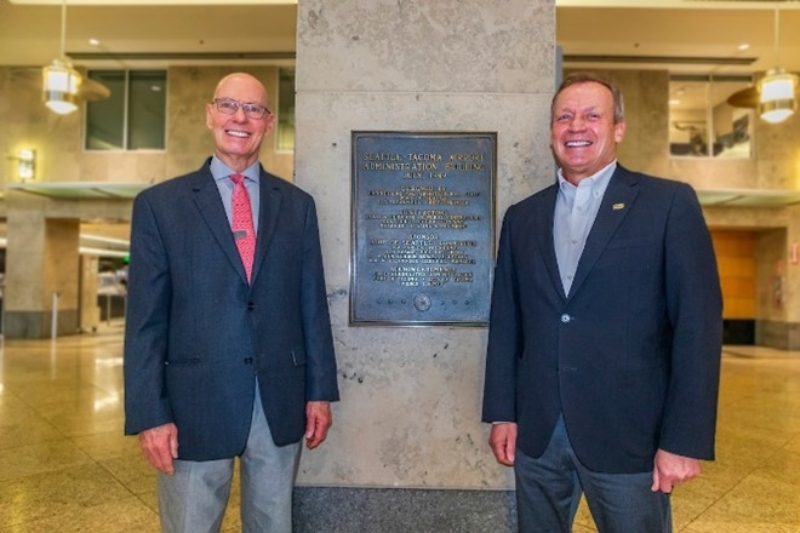
Did you know?
SEA Airport was almost sited on Lake Sammamish. Seaplanes were still very popular at the time, but the proximity to the Cascades made for unsafe flight conditions. The current location near Bow Lake was proposed instead.
SEA Airport was almost renamed after former Boeing President, Philip G. Johnson, upon his sudden death in 1944.

